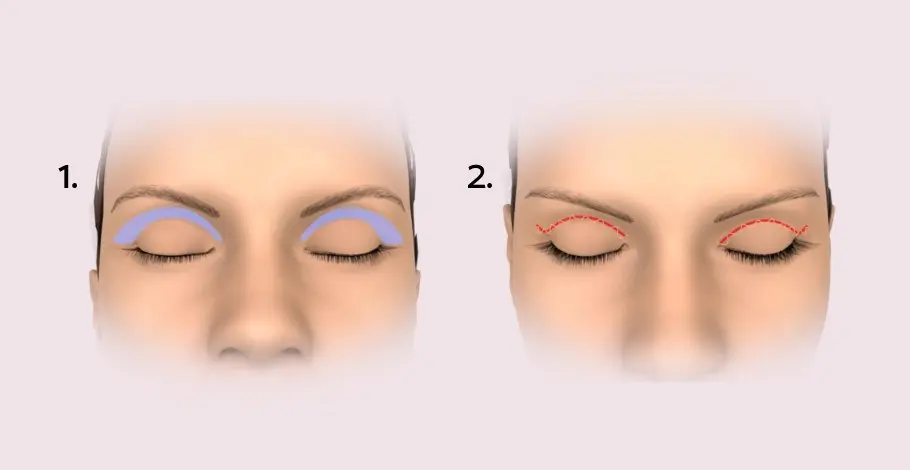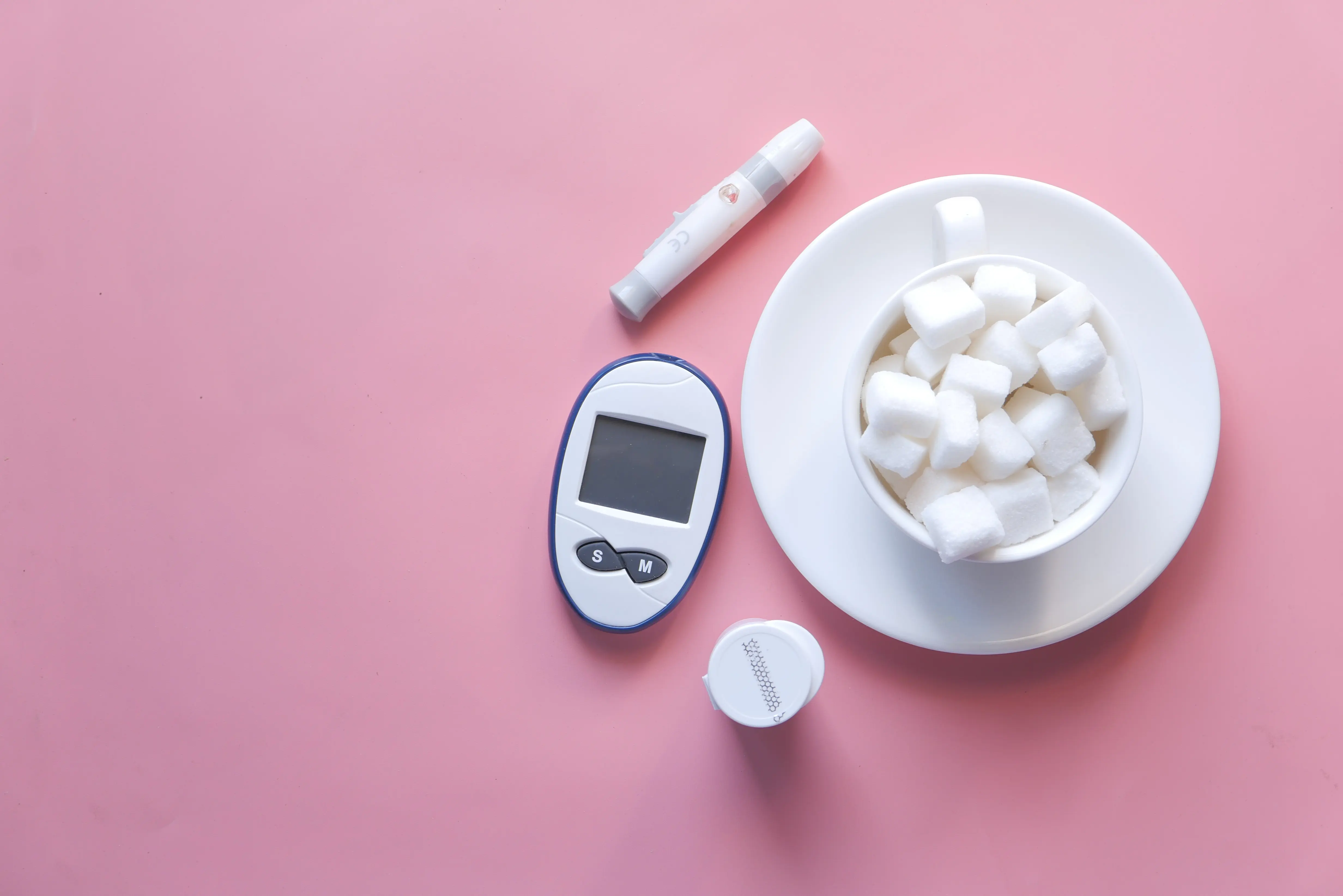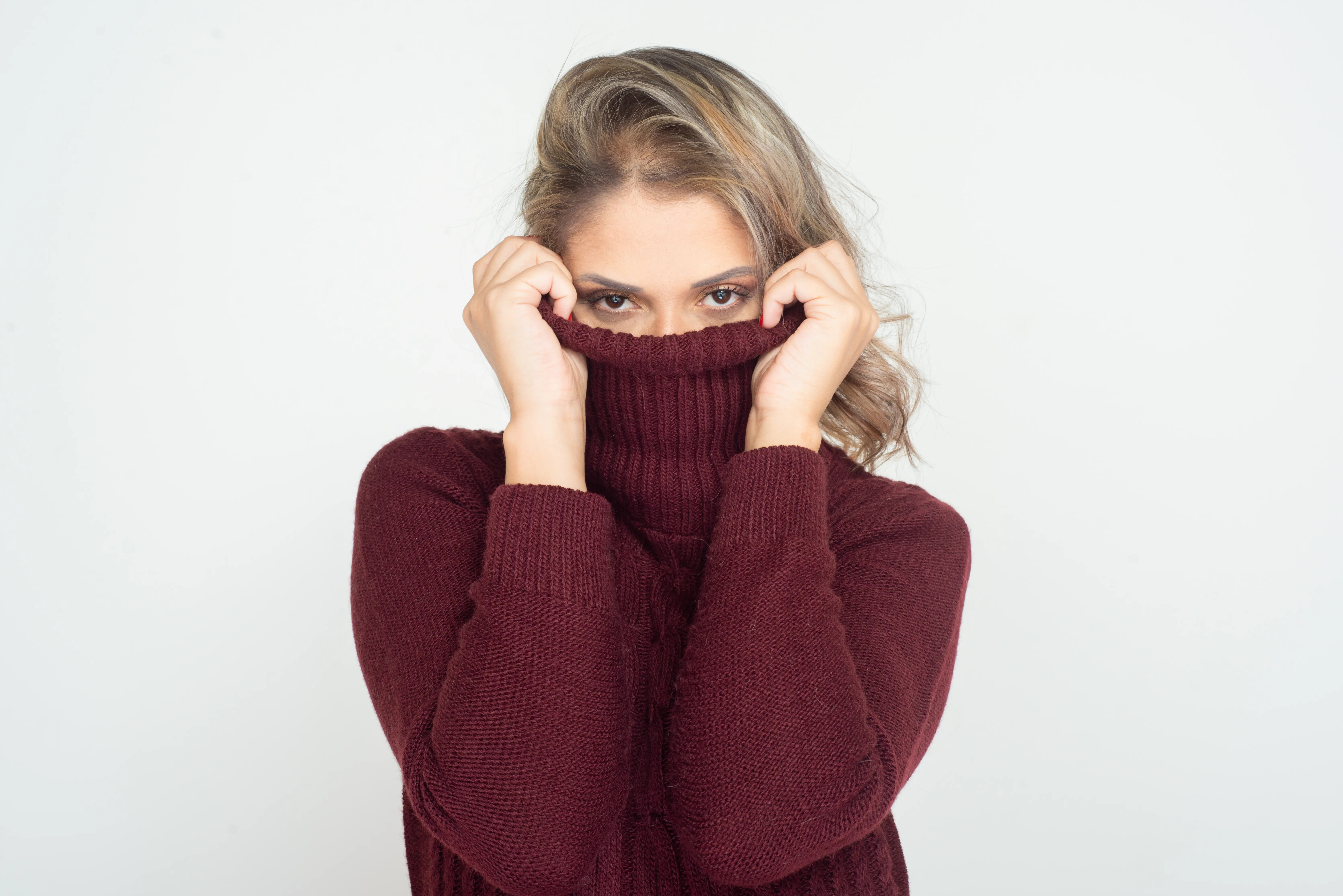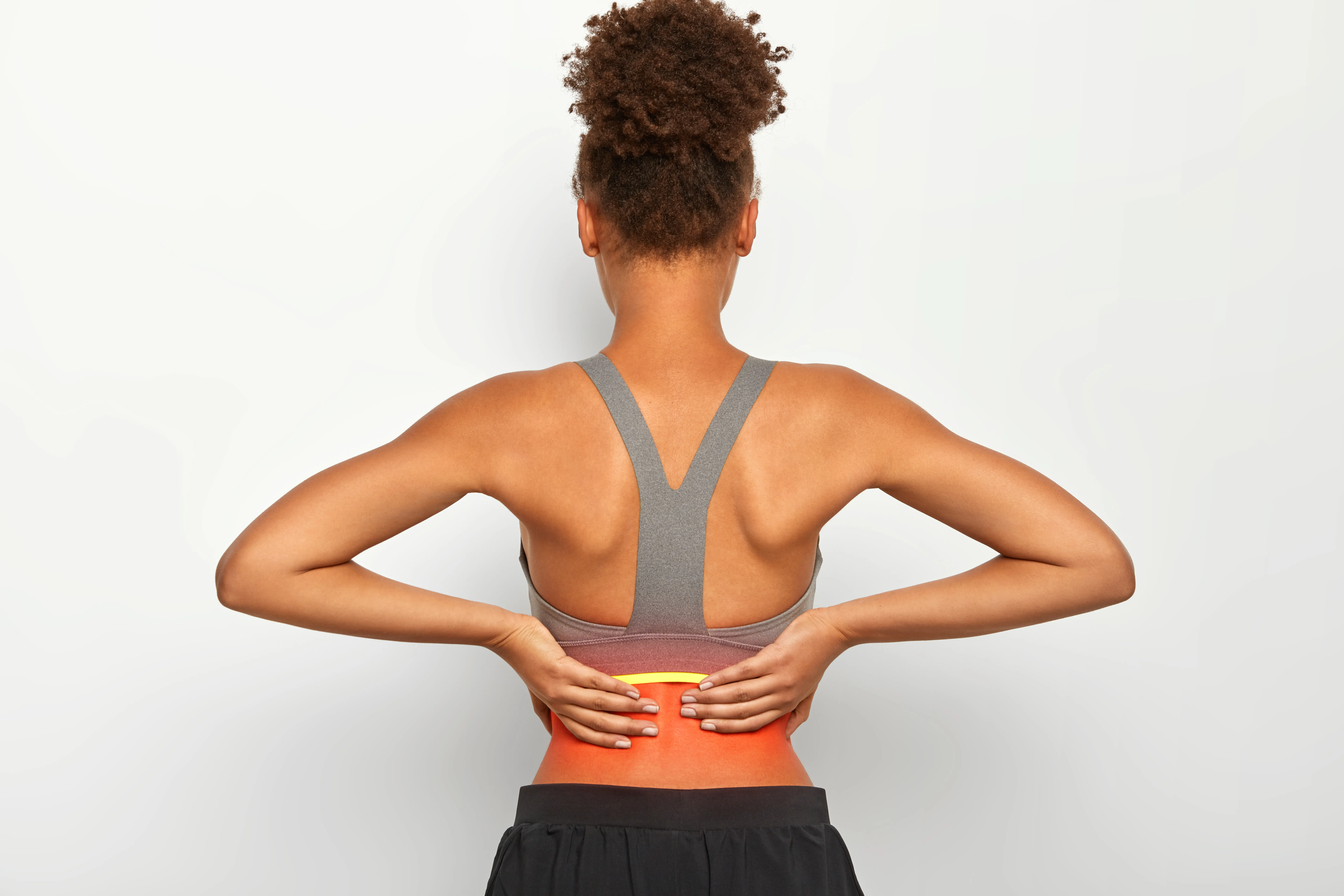Other Treatment Methods

Droopy eyelids
Gravity is the natural enemy of youthful appearance. It's not always true, but as you get older, more often. Droopy eyelids are such a case: They make even those who are actually physically fit look tired and worn out. age But you can trick physics: After a small, uncomplicated procedure, the annoying droopy eyelids are gone. top fit Many women over 50 treat themselves to this upper eyelid tightening, and more and more men too.
There she was, back from vacation well-rested, had even lost three kilos thanks to a fitness program, confidently showing off her attractive tan - and then her colleague at the next desk at the office asked with an innocent look: "Somehow you have tired eyes... Too much partying?” Bang. That hit home. Because what her "nice" colleague had mentioned was already well known to the 48-year-old: It was due to her droopy eyelids that she often made a listless, somehow lethargic impression on her surroundings - even though her temperament was actually life-affirming and optimistic.
Droopy eyelids, bags under the eyes and crow’s feet make you look older
“For many patients, droopy eyelids cause a double problem,” says Munich specialist Dr. Hans-Leo Nathrath. "Namely, an aesthetic one - because droopy eyelids don't really look appealing - and a psychological one: You actually look older than you are." In his practice clinic in Munich's Bogenhausen district, the specialist in plastic-aesthetic surgery has already treated many women who complain about droopy eyelids and other signs of aging around the eyes, such as bags under the eyes or wrinkles ("crow’s feet"). Such handicaps often occur due to genetic predisposition, even at a younger age.
Most droopy eyelid operations are performed by Dr. Nathrath for cosmetic or aesthetic reasons. However, he also repeatedly treats patients whose droopy eyelids objectively reduce their quality of life. Impairments can not only appear when applying make-up; in some cases, vision is even impaired because the field of vision has narrowed. Pressure discomfort above the eyes sometimes also occurs. A visual field test by the ophthalmologist provides clarity in such cases.
Procedure of eyelid correction
The low-risk procedure takes less than 60 minutes, which is why it is usually performed on an outpatient basis. The patients do not feel anything; they receive local anesthesia, usually combined with sedative anesthesia, and only have to observe a two-hour rest period before they can go home again. The surgeon usually uses the standard technique: Removing excess skin areas as well as usually smaller muscle, fat, and connective tissue components. To do this, the surgeon makes an incision along the fold of the eyelid and thus tightens the upper eyelid. In some cases, additional fat tissue below the eyebrow or in the corner of the eye must be removed. To counteract the unavoidable but harmless swelling in the first few days after the procedure, regular cooling of the affected areas with damp compresses or cooling pads helps. After 5 days, the stitches are removed, and another week later, the traces of the procedure are so far gone that any remaining traces can easily be concealed with makeup.
Risks of eyelid correction
An upper eyelid lift carries few risks. On the lower eyelid, drooping lower eyelids (ectropium) can rarely develop, which must be corrected by a second procedure.
Other Treatment Methods in this Department
Experts for this Treatment Method
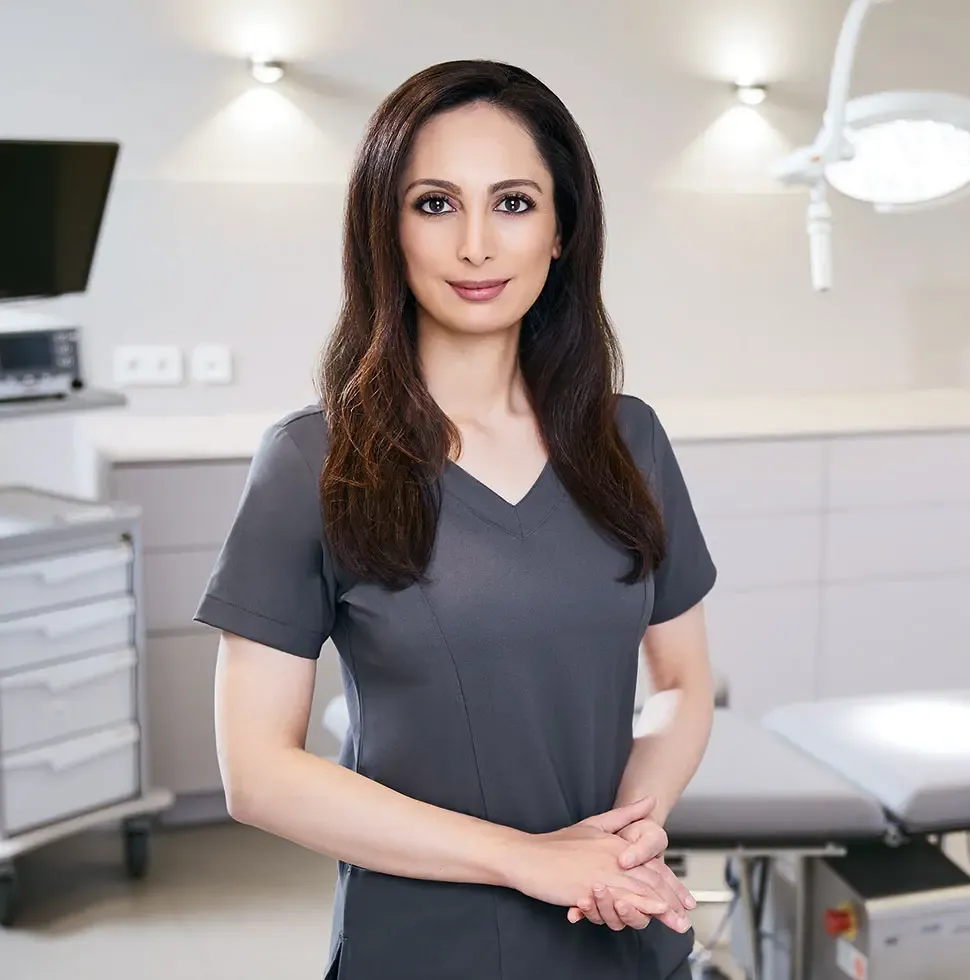
- Aesthetic Surgery & Dermatology
Dr. med. Neda Nabavi
Ästhetisch Plastische Chirurgie
- Aesthetic Surgery & Dermatology
Dr. med. Michaela Montanari
Plastische und Ästhetische Chirurgie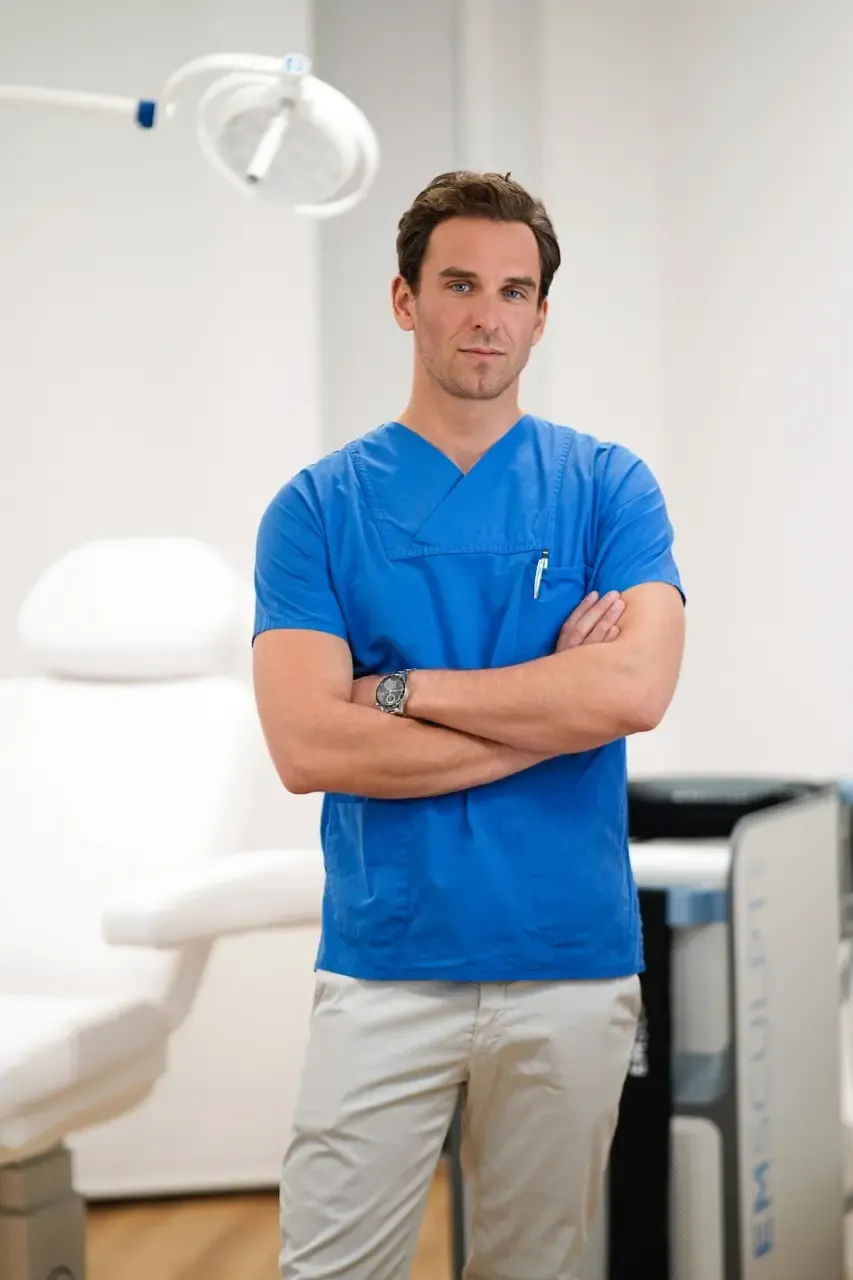
- Aesthetic Surgery & Dermatology
Dr. med. Christian Jacobi
Ästhetik Zentrum Tegernsee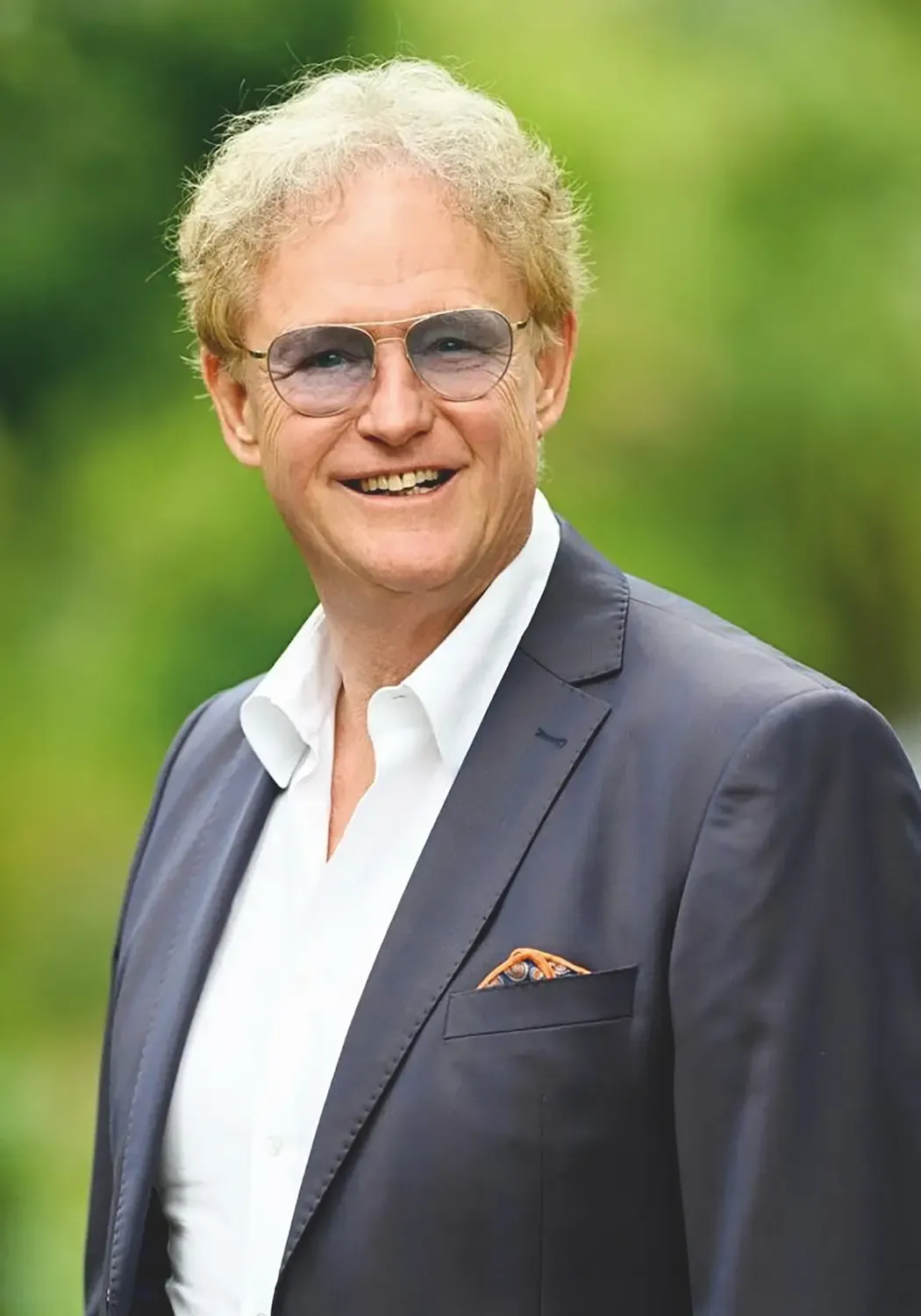
- Aesthetic Surgery & Dermatology
Dr. Dr. med. Wolfgang Funk
Klinik Dr. Funk, Klinik für Ästhetische-, Plastische- und Transgender-ChirurgieAll Experts in this Department
Show All
- Aesthetic Surgery & Dermatology
Dr. med. Anna Brandenburg
Dermatologische Privatpraxis Dr. Anna Brandenburg
- Aesthetic Surgery & Dermatology
Prof. Dr. med. Johannes a. Veit
Nasenchirurgie München
- Aesthetic Surgery & Dermatology
Dr. med. Hanna M. D. Halter
Derma Marienplatz
- Aesthetic Surgery & Dermatology
Dr. med. Anette Zimpfer-Keese
Dres. Zimpfer/Zimpfer-Keese MVZ
- Aesthetic Surgery & Dermatology
Dr. med. Daniel Thome
aesthetic and soul
- Aesthetic Surgery & Dermatology
